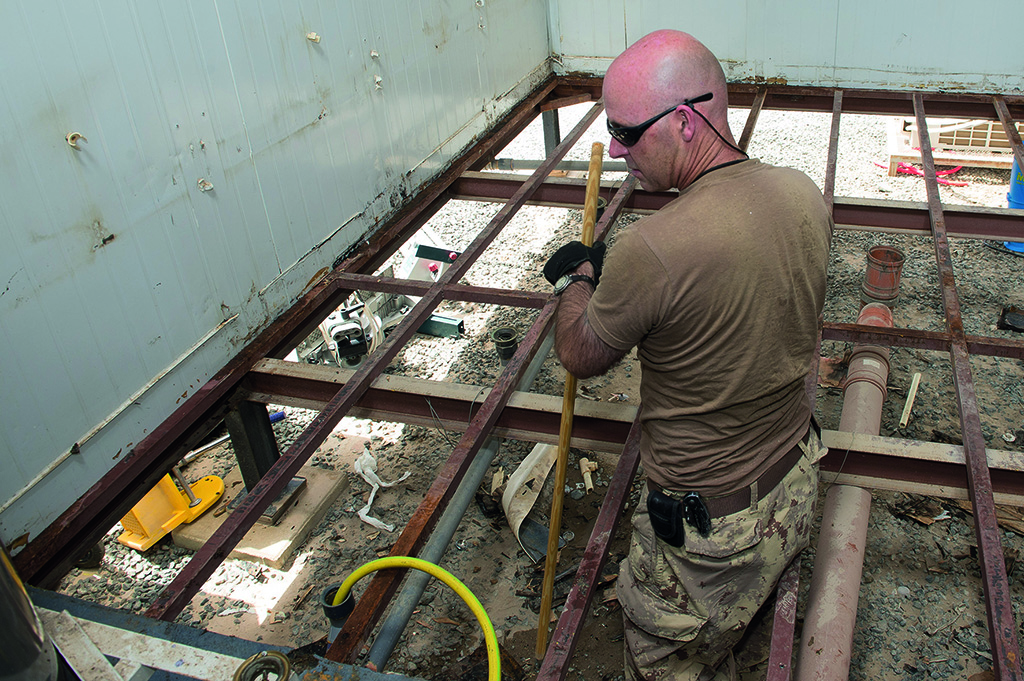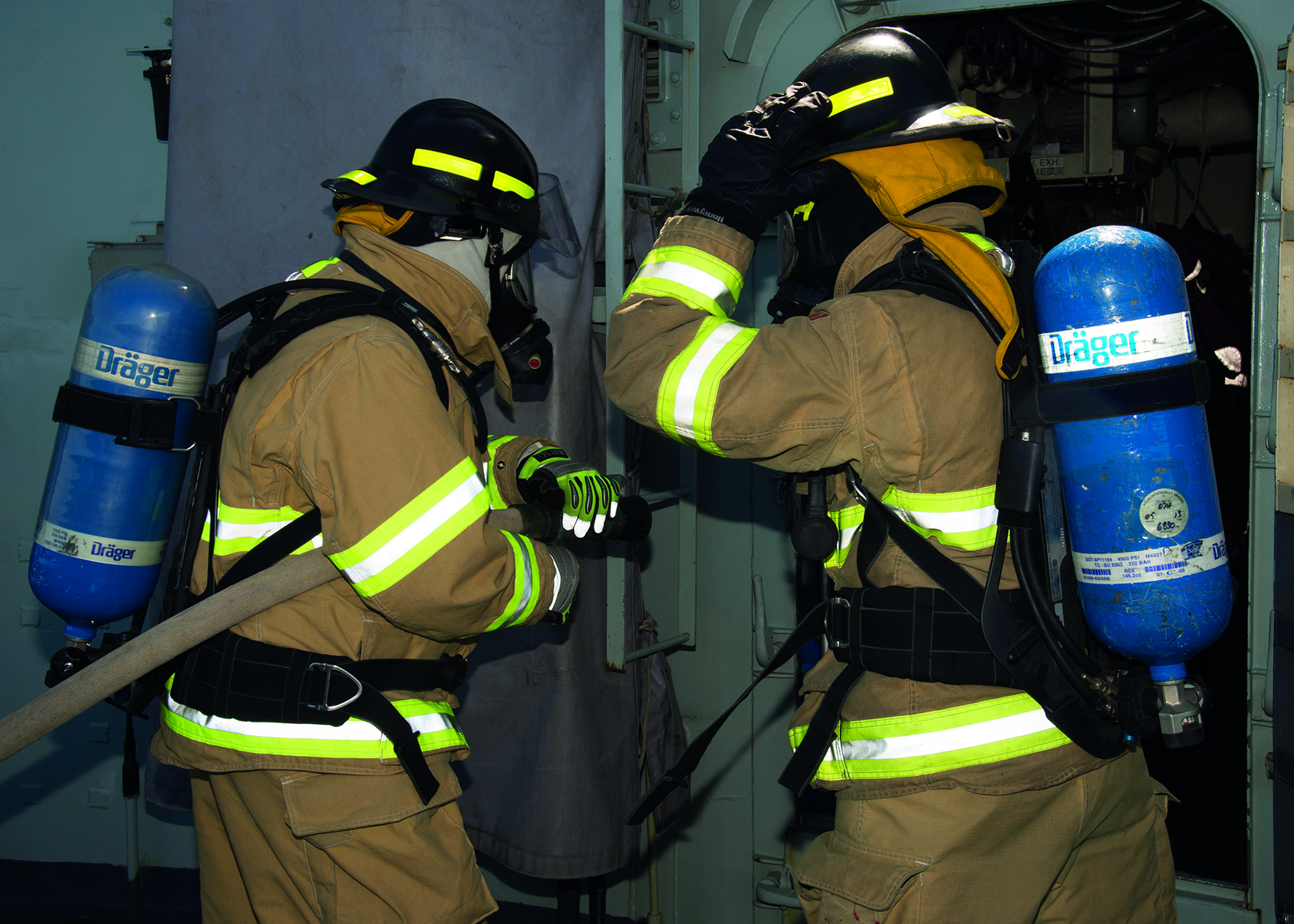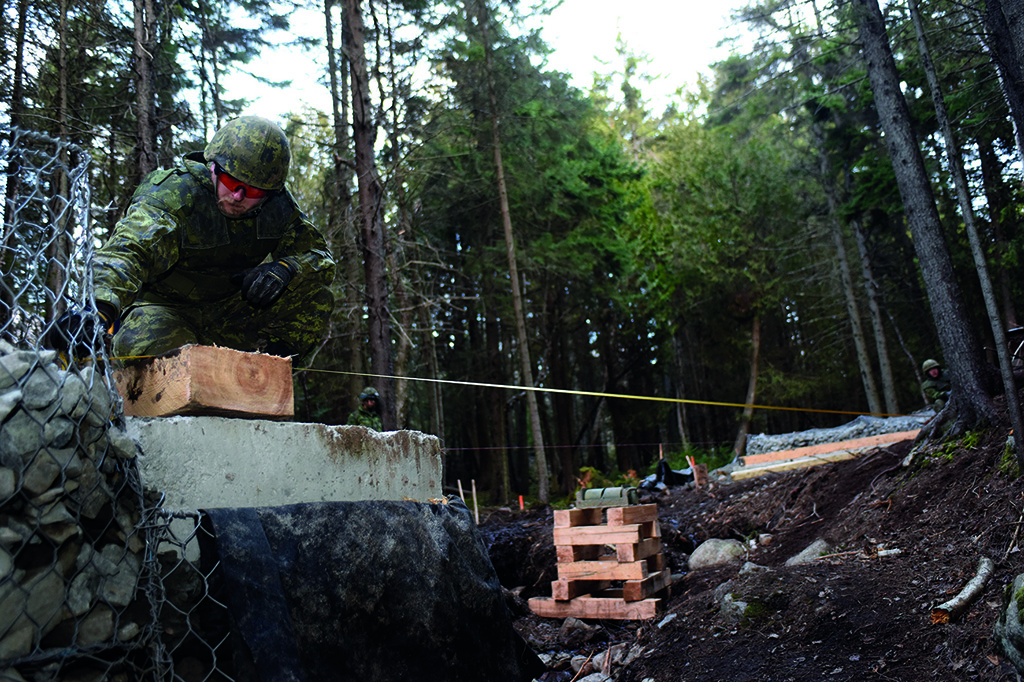Canadian Military Engineers
The Canadian Military Engineers (CME) are true to our motto "UBIQUE"; CME units and personnel are located throughout the entire Canadian Armed Forces (CAF). Engineer officers and soldiers serve primarily in the Canadian Army (CA) and the Royal Canadian Air Force (RCAF), however, engineers also support the Royal Canadian Navy, Canadian Joint Operations Command and Canadian Special Operations Forces Command.
Looking at the CME in a Canadian Armed Forces context you will see that it spans a wide spectrum of capabilities, trades and specialist qualifications. Broadly, the CME can be broken down into Combat Engineers, Construction Engineers, Geomatics and other Engineer specialists.
Combat Engineers
Combat Engineers are responsible for close support to manoeuvre units within the CA. Each of the three manoeuvre brigades has an affiliated Combat Engineer Regiment (CER) to allow them to live, move and fight on the battlefield. Additionally, there is an Engineer Support Regiment (ESR) to support divisional level activities if Canada were to be called on to deploy in such a strength. Both types of units have varying numbers/sizes of Field Engineer Squadrons, Construction Squadron, EOD Squadron, and Administration Support Squadron. Above this there is a Regimental HQ to assist in running and coordinating the engineer activities at the brigade level.
The following specialty qualifications exist within combat engineering:
- Advanced combat engineer search;
- Explosive ordnance disposal;
- Route clearance;
- Combat diving;
- Water supply;
- Heavy equipment operations; and
- Armoured engineering.



Reconstruction of floor and services, firefighters responding to call aboard HMCS Fredericton and a non-standard bridge construction.
Construction Engineers
Construction Engineers are responsible for the construction and sustainment of deployed force infrastructure for CAF operations. In addition, Construction Engineers support the construction, operation and maintenance of the permanent infrastructure at Canada's military bases. In addition to Construction Engineer Officers (who are members of the RCAF), there are 8 construction engineering trades in the CAF, broken down as follows:
- Construction Technician;
- Plumbing and Heating Technician;
- Electrical Distribution Technician;
- Water, Fuels and Environment Technician
- Electrical Generation Systems Technician;
- Refrigeration and Mechanical Technician; and
- Drafting Survey Technician;
- Construction Engineer Superintendent.
The RCAF also has military firefighters to provide aircraft rescue firefighting and structural fire suppression to main and deployed operating bases.